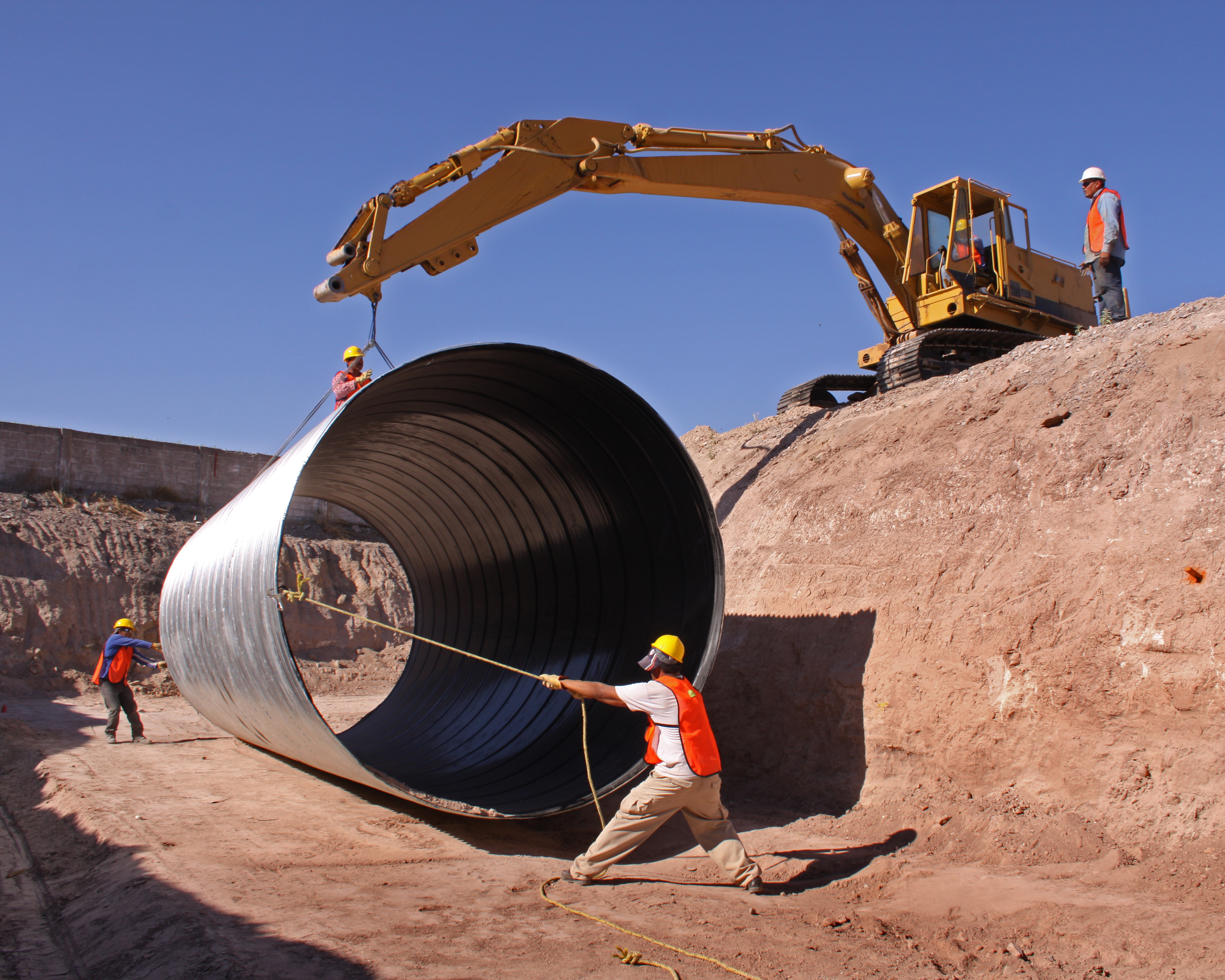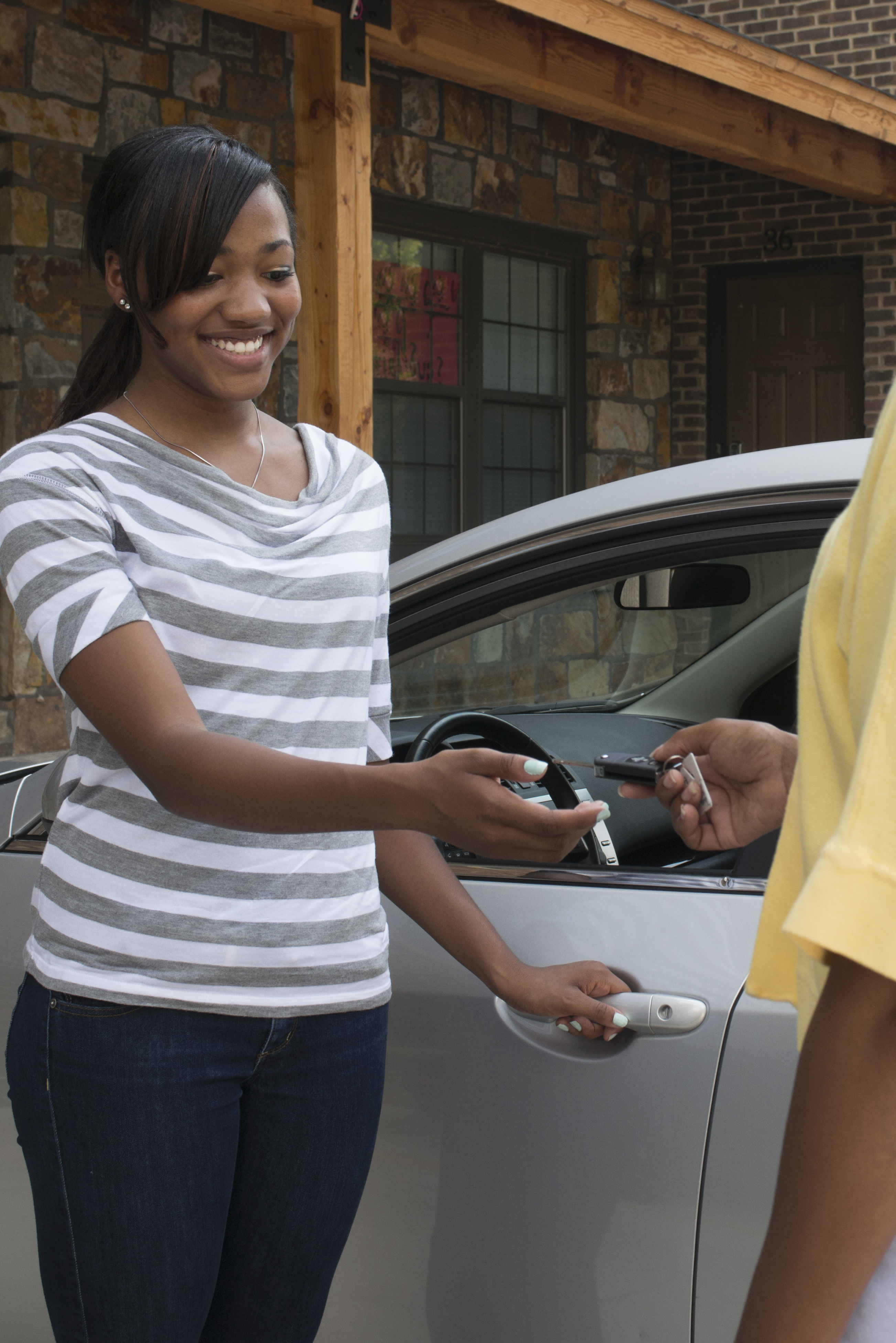One dead and several injured after a New York Bus driver fell asleep at the wheel
A 54 year old woman died in a bus accident yesterday night. The bus was traveling from New York City to North Carolina when the bus driver, 23 year old Eric Jimmerson from New York, fell asleep near Benson North Carolina on Interstate 95. The bus crossed the median heading towards a car coming in the opposite direction. The driver of the car swerved, trying to avoid the bus and crashed into a tree. He was seriously injured and his wife who was in the passenger seat died in the accident. Their 12 and 13 year old children who were sitting in the back were also injured. The New York bus driver was in critical condition after he was ejected from the bus. He may face charges. Four other passengers on the bus suffered personal injury. Read more here
 New York Personal Injury Attorneys Blog
New York Personal Injury Attorneys Blog









